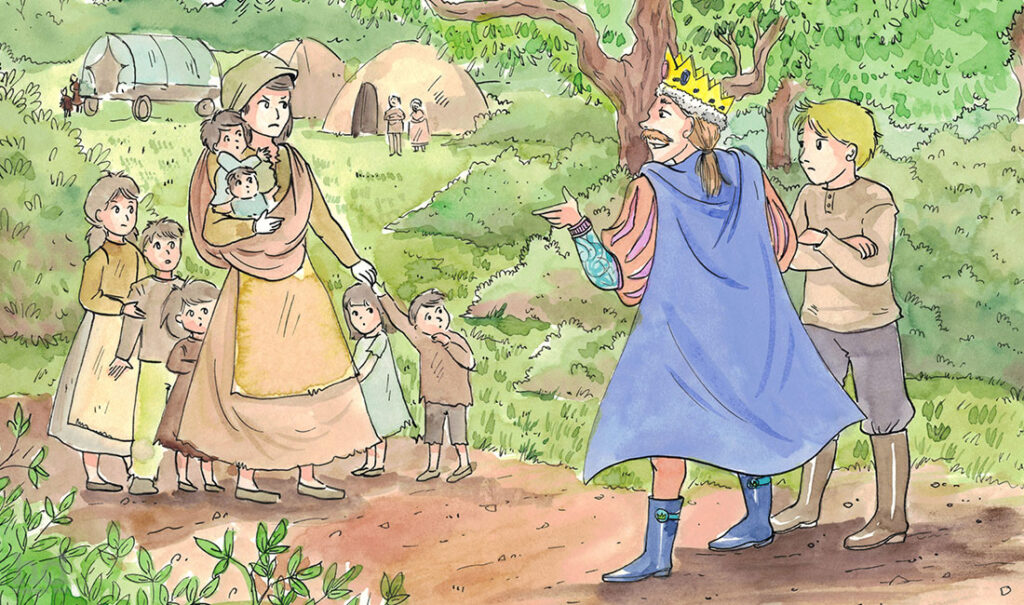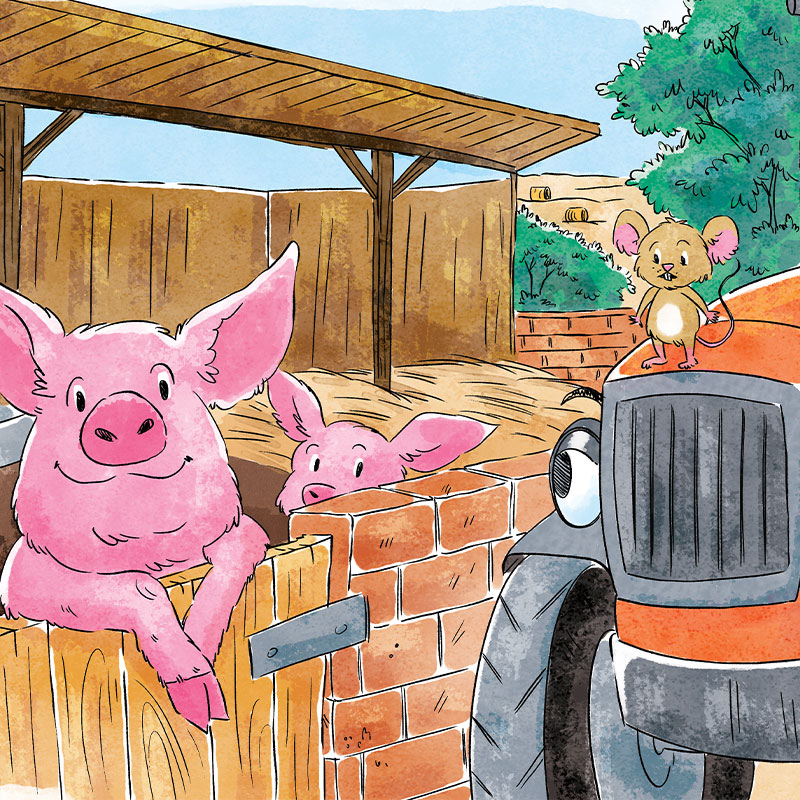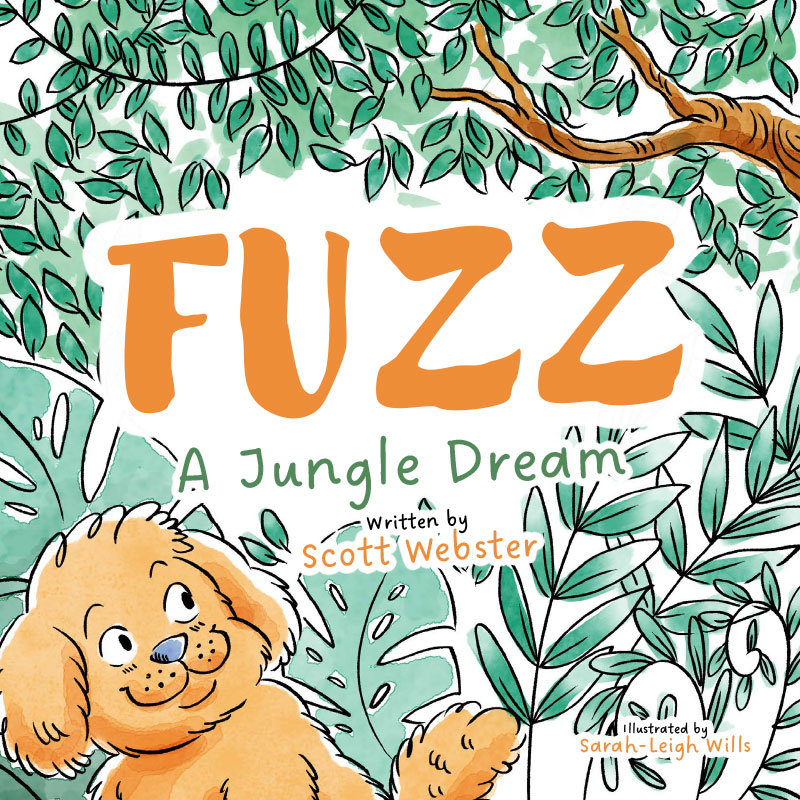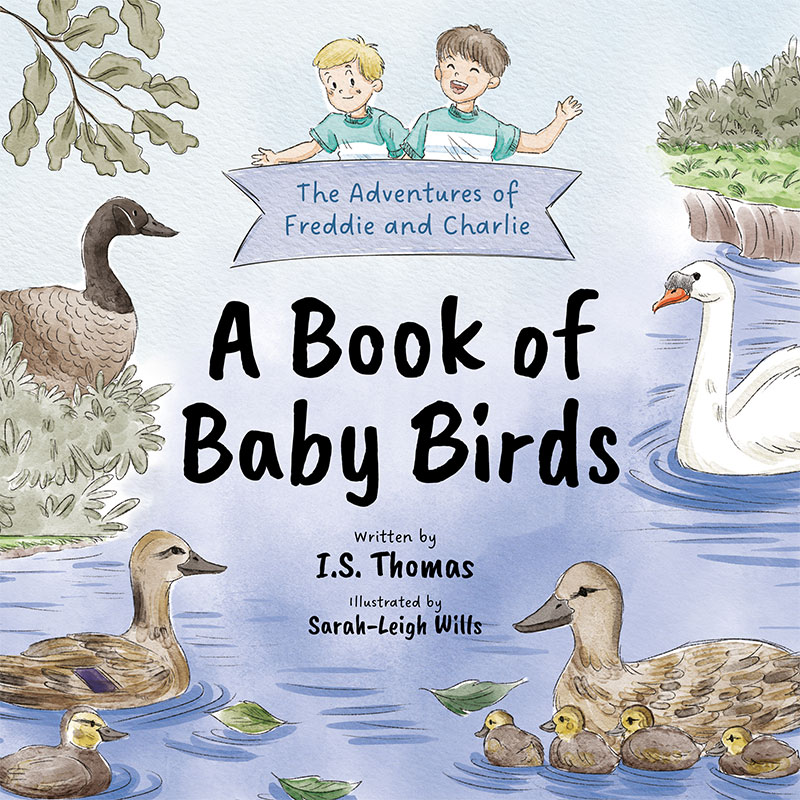Children’s books play a crucial role in shaping young minds, offering not just entertainment but also an early glimpse into the world’s diverse cultures. Through stories, children learn about different ways of life, beliefs, and values, which helps to broaden their understanding and empathy.
By celebrating and encouraging the inclusion of diverse stories in children’s books, we can contribute to a more inclusive society. Children who see themselves represented in the books they read are more likely to develop a strong sense of identity and self-worth. Additionally, children exposed to stories from other cultures gain a broader perspective on the world, fostering respect and understanding.
This article will explore the importance of cultural diversity in children’s literature, highlight stories from different cultures, and discuss the role of illustrations, challenges in publishing, and how Happydesigner is committed to promoting these essential narratives.
The Importance of Tales from Around the World in Children’s Literature
Children’s literature has the power to reflect and shape societal values, making it a vital tool in fostering cultural understanding. When children read stories that feature characters from diverse backgrounds, they learn to appreciate differences and recognise the commonalities that bind us together. This exposure is crucial in a world that is increasingly interconnected yet still grappling with issues of prejudice and misunderstanding.
Diverse books are particularly important in fostering empathy. When children encounter characters from different cultures, they are invited to see the world through another’s eyes. This experience can break down stereotypes and encourage a more compassionate outlook. For children from minority backgrounds, seeing themselves in stories is vital for their self-esteem and identity. Representation matters because it validates their experiences and assures them that their stories are worth telling.
By bringing stories from different cultures into the spotlight, we not only provide a richer reading experience but also ensure that children develop a more accurate and inclusive understanding of the world. The inclusion of diverse voices in literature is essential for nurturing well-rounded, culturally aware individuals.
A Global Perspective: Tales from Around the World
Children’s literature offers a wonderful avenue for exploring the rich tapestry of global cultures. Each culture has its own unique storytelling traditions, which can provide children with a broader understanding of the world. Here, we explore a few examples of how different cultures are represented in children’s books.
- African Folklore: African stories often feature strong oral traditions, with folktales passed down through generations. Books like Anansi the Spider bring these vibrant tales to life, introducing young readers to the wisdom, humour, and creativity of African cultures. These stories often feature animals and moral lessons, reflecting the close relationship between people and nature.
- Asian Stories: Asia is home to a myriad of cultures, each with its own rich literary heritage. Chinese myths, such as the legend of the Monkey King, offer exciting adventures that are steeped in cultural significance. Japanese folktales, such as those found in Tales of Japan, introduce children to the themes of honour, bravery, and the supernatural. These stories are not only entertaining but also offer insights into the values and traditions of these ancient cultures.
- Indigenous Stories: The indigenous peoples of the Americas and Australia have a deep connection to the land, which is often reflected in their stories. Books like The Rainbow Serpent from Australia or The First Strawberries from Native American traditions highlight the importance of nature, community, and respect for the environment. These stories are invaluable for teaching children about the worldviews of indigenous cultures, which often differ significantly from Western perspectives.

The Role of Illustrations in Children’s Stories
Illustrations play a pivotal role in children’s books, often speaking louder than words. Illustrations are especially important as they provide visual representation of the diverse world’s children are being introduced to.
They provide visual cues that help children connect with the characters and settings, making the stories more relatable and engaging. For instance, the vibrant colours and patterns used in books about African cultures can evoke a strong sense of place and tradition, while the delicate and detailed art in Asian-themed books can convey a sense of history and spirituality.
Illustrators who are deeply connected to the cultures they depict can offer authenticity in their work. Their illustrations often include subtle details that resonate with readers who share that cultural background, providing a deeper level of connection and understanding. For example, the intricate designs in Native American illustrations or the expressive characters in Latin American books reflect the unique aesthetics and cultural symbols of these communities.
Challenges and Opportunities in Publishing
The journey of bringing culturally diverse children’s books to the market is fraught with challenges, yet it is also full of opportunities. One significant challenge is access. In many regions, especially in underrepresented communities, there is limited access to books that reflect diverse cultures. This is compounded by the fact that mainstream publishers may not see a commercial market for such books, leading to a scarcity of diverse titles in bookstores and libraries.
However, these challenges also present opportunities. The rise of independent publishers and the growing popularity of self-publishing have created new avenues for diverse voices to reach audiences. These platforms allow authors and illustrators from minority backgrounds to share their stories without the constraints of traditional publishing. Crowdfunding has also become a powerful tool for bringing diverse children’s books to life, enabling creators to connect directly with readers who value inclusivity.
Moreover, there is a growing awareness of the importance of diversity in children’s literature, which is driving change within the industry. Publishers, educators, and parents are increasingly seeking out books that represent a broader spectrum of experiences. This shift is opening doors for new voices and stories, making the landscape of children’s literature more inclusive than ever before.
For the industry to continue this progress, it’s essential that publishers actively seek out and support diverse voices. This includes providing the necessary resources for research and cultural consultation to ensure that the stories being told are authentic and respectful. By embracing diversity, the publishing industry can help to create a generation of readers who are more empathetic, culturally aware, and open-minded.

Happydesigner’s Role in Children’s Illustration
At Happydesigner, we believe in the power of stories to shape young minds and create a more inclusive world. We understand the importance of ensuring that all children see themselves in the books they read, as well as being exposed to stories that broaden their understanding of the world.
We collaborate closely with authors and illustrators to create books that not only entertain but also educate and inspire. Our approach involves thorough research and consultation to ensure that the stories we help bring to life are authentic. We believe that every culture has valuable stories to tell, and we are dedicated to ensuring that these stories reach the young readers who need them most.
Supporting diverse voices is not just about inclusion; it’s about enriching the reading experience for all children. By offering stories from a wide range of cultures, we help to nurture empathy, curiosity, and a sense of global citizenship.
Our work at Happydesigner is driven by the belief that diversity in children’s literature is not just a goal, but a necessity for a more just and understanding world.
Practical Tips for Authors and Illustrators
- Encourage Diverse Voices: Support and collaborate with authors and illustrators from different backgrounds. This not only enriches the storytelling process but also ensures that a wider range of experiences and perspectives are shared with young readers.
- Tell Universal Stories with a Cultural Twist: While focusing on cultural diversity, it’s important to remember that certain themes are universal—love, friendship, adventure, and family. By infusing these familiar narratives with cultural elements, you can create stories that are both relatable and enlightening. This approach can help children from all backgrounds connect with and appreciate different cultures.
- Respectful and Thoughtful Representation: When writing or illustrating culturally diverse characters, aim for depth and nuance. Avoid reducing characters to cultural stereotypes; instead, portray them as complex individuals with their own strengths, weaknesses, and desires. This kind of representation is not only more respectful but also makes for richer and more engaging stories.
- Invest in Language and Dialects: If your story includes characters who speak in a language or dialect different from your own, take the time to research and accurately represent it. This might involve consulting with native speakers or language experts. Doing so adds authenticity and can help readers from those linguistic backgrounds feel seen and respected.
- Incorporate Cultural Symbols and Practices Thoughtfully: Cultural symbols, practices, and rituals can add depth to your story, but they must be used thoughtfully. Ensure that you understand their significance and context before incorporating them into your work.
- Consider the Setting: The setting of your story can be a powerful way to convey cultural diversity. Whether it’s a bustling city in India, a quiet village in Africa, or a mountainous region in South America, the setting should be portrayed with the same attention to detail as the characters. Research local architecture, landscapes, weather, and daily life to create a vivid and authentic backdrop for your story.
- Feedback and Sensitivity Reading: Before finalising your work, consider having it reviewed by a sensitivity reader—someone who is part of the culture you are depicting. This can help catch any unintentional inaccuracies or stereotypes and ensure that your story resonates positively with its intended audience.
- Promote Cultural Learning: Use your book as a tool for cultural education. Include a glossary of terms, notes on cultural practices, or an author’s note explaining the cultural context of your story. This not only enriches the reading experience but also helps children and their parents learn more about the cultures represented in your book.

Conclusion: Tales from Around the World
By celebrating stories from around the world, we help children appreciate the beauty of different cultures and perspectives. At Happydesigner, we are committed to promoting these diverse narratives, believing that every child deserves to see themselves in the stories they read and to explore the rich diversity of the world around them. As we move forward, let us continue to support and create literature that reflects our world’s vibrant cultural tapestry.
Transform young minds and partner with Happydesigner to create books that reflect and respect the world’s rich tapestry of cultures.
Further Reading
- Culturally Responsive Teaching: 5 Strategies for Educators
Learn about effective strategies for incorporating cultural diversity into your teaching practices, including using literature from various cultures to enhance learning. Read more - Child- and Family-specific Cultural Knowledge Is Essential
Explore the importance of incorporating cultural knowledge into early childhood education, and discover how to use familiar books to help children feel seen and respected. Read more




